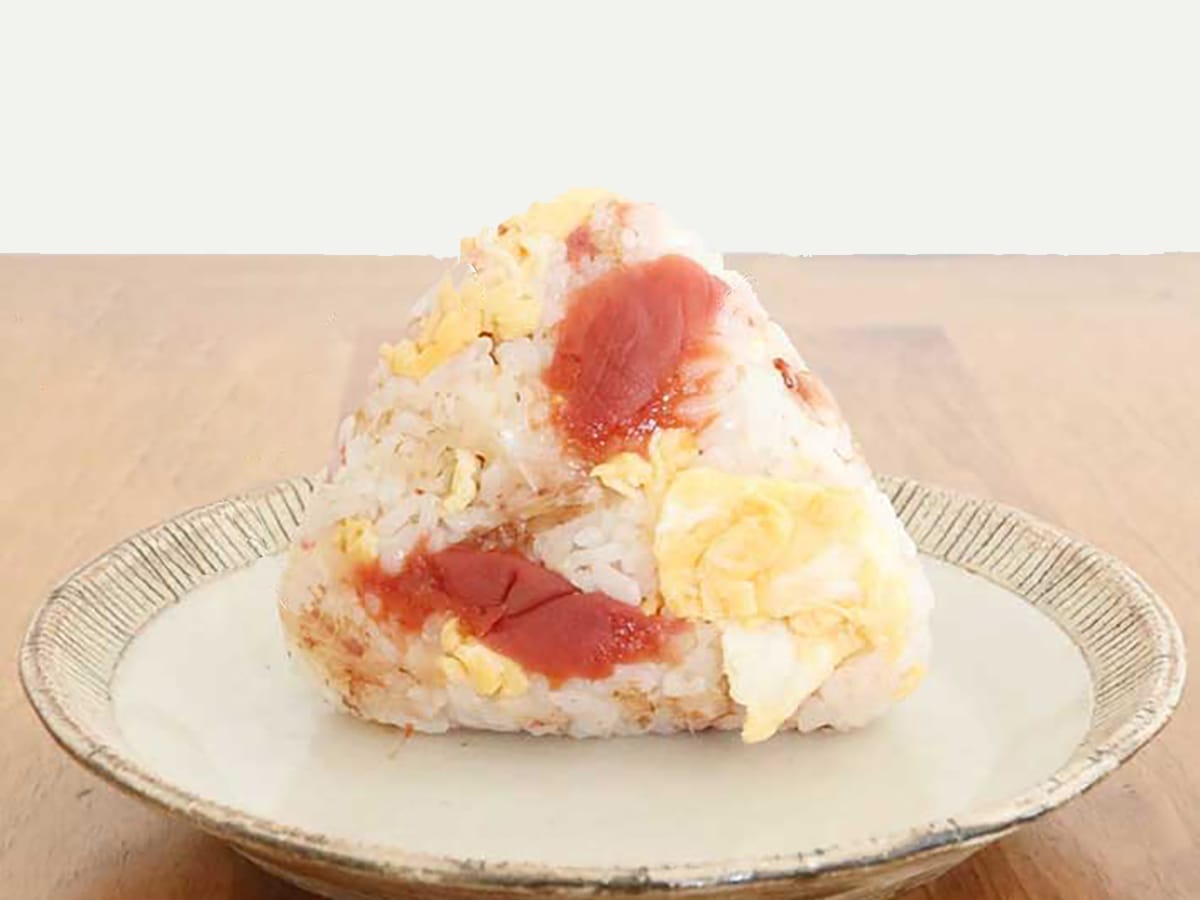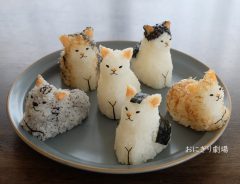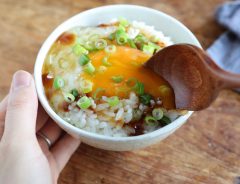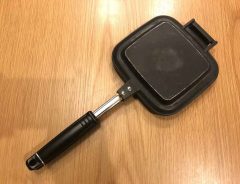
Source: 日々おにぎり Hibi onigiri (@hibi_onigiri)
Level up your rice ball game with this delicious variation on pickled plum onigiri
- Tags:
- Onigiri / pickled plum / Recipe / rice ball / salted plum / Ume / umeboshi
Related Article
-

Stray cats as onigiri are the cutest rice balls in Japan
-

Chef couple transforms Japan’s poor man’s raw egg dish into gourmet with simple trick
-

Capture the soothing fragrance of fall with osmanthus syrup [recipe]
-

This no-fuss sandwich press pork katsu recipe has many advantages over deep-frying
-

Lose weight on a budget with these Japanese diet recommendations
-

15 Super Easy Japanese Dishes as Presented by Tastemade


Japanese Twitter user ゆこ Yuko, who runs the account at 日々おにぎり Hibi onigiri (@hibi_onigiri) says she makes onigiri rice balls almost every day, 365 days a year.
Therefore, you can trust her when it comes to making delicious onigiri.
Case in point. Yuko posted a recipe for an amazing and super tasty variation on the lowly ume onigiri, a rice ball made with 梅干し umeboshi salted plum, and one of the most common and traditional types of Japanese rice balls you can make.
When Japanese people think of ume onigiri, the only additional ingredient they'd usually consider is salted kelp.
However, Yuko's recipe has some unexpected ingredients.
See for yourself:
Reproduced with permission from 日々おにぎり Hibi onigiri (@hibi_onigiri)
Ingredients
How to make
Mix the first four ingredients together well, then combined with rice and form into onigiri with your hands.
Reproduced with permission from 日々おにぎり Hibi onigiri (@hibi_onigiri)
Tips
Yuko's variation not only uses bonito flakes but, surprisingly, fried eggs and a small amount of mayonnaise. Even more surprising is sugar added to the egg.
According to Yuko, mayonnaise helps to bind this unexpected combination of tastes together, fusing into an awesome rice ball that you'll surely want to make and try for yourself.
This post received a wide variety of comments, such as:
If you're tired of plain old umeboshi rice balls or just want to experiment and like Japanese food, why not give this recipe a try?